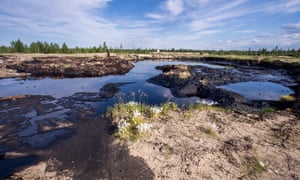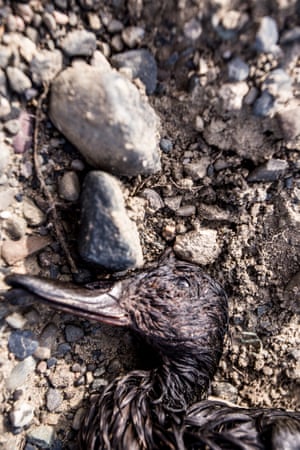Tinley Park pilot dies in Minooka glider crash Published: Sunday, Aug. 7, 2016 1:26 p.m. CDT • Updated: Sunday, Aug. 7, 2016 1:31 p.m. CDT
By ANNA SCHIER - aschier@shawmedia.com
MINOOKA – A Tinley Park man died Saturday in Minooka when the glider he was piloting crashed into a field.
The incident occurred about 3:30 p.m. Saturday at the Chicago Glider Club, located on West Airport Road, according to Will County Sheriff's Office Deputy Chief Tom Budde.
James M. Patton, 69, was pronounced dead at 5:30 p.m. at the scene, according to the Will County Coroner's Office. The Sheriff's Office, National Transportation Safety Board and Federal Aviation Administration are investigating the incident.
NTSB spokesman Peter Knudson said the crash occurred shortly after the glider detached from its tow plane. FAA spokesman Lynn Lunsford stated via email that preliminary information indicates the glider detached not long after takeoff.
Knudson said an NTSB investigator would be on scene Sunday. A preliminary incident report is expected in one to two weeks and it will take six to 12 months to complete the investigation, he said.
Patton's final cause and manner of death is pending autopsy, toxicological and police reports, according to the Coroner's Office. An autopsy is scheduled for Monday.
==========
Date:
| 06-AUG-2016 | |
| Time: | 15:30 |
| Type: | Glider |
| Owner/operator: | |
| Registration: | |
| C/n / msn: | |
| Fatalities: | Fatalities: 1 / Occupants: 1 |
| Other fatalities: | 0 |
| Airplane damage: | Unknown |
| Location: | Chicago Glider Club Gliderport (IL59), Channahon, IL -
 United States of America United States of America
|
| Phase: | Take off |
| Nature: | Unknown |
| Departure airport: | Chicago Glider Club (IL59) |
The aircraft impacted the terrain shortly after glider tow release following a takeoff attempt from Chicago Glider Club Gliderport (IL59) in Channahon, Illinois. The glider sustained unreported damage and the sole pilot onboard received fatal injuries.
Sources:
http://www.kathrynsreport.com/2016/08/fatal-accident-occurred-august-07-2016.html
https://www.google.com/maps/@41.4309499,-88.2462437,17z/data=!3m1!1e3?hl=en-us




































